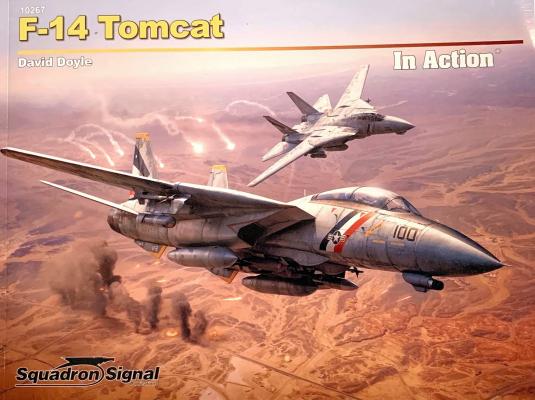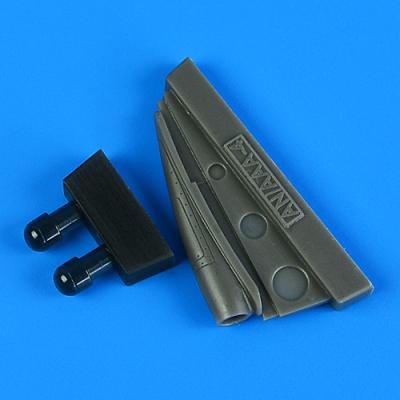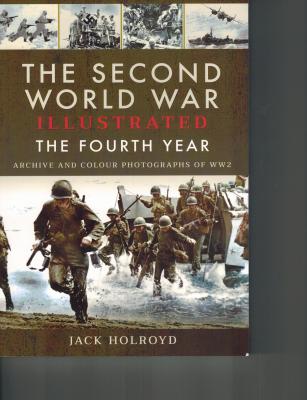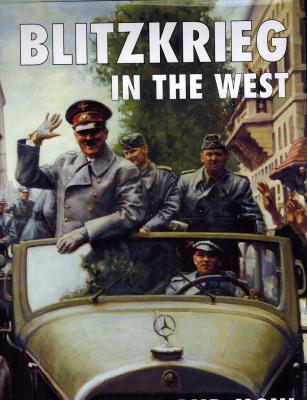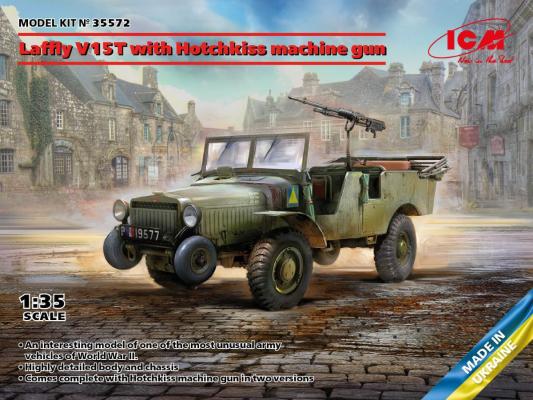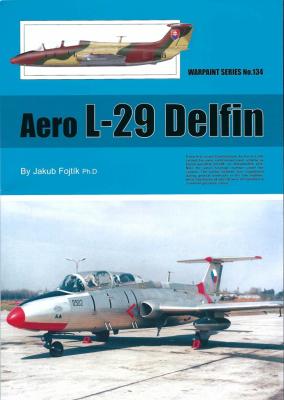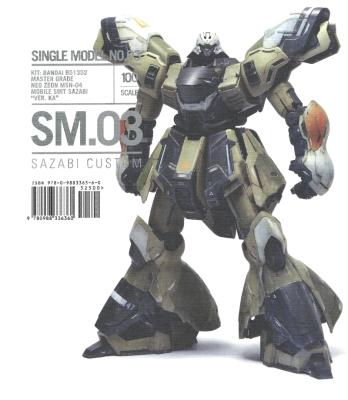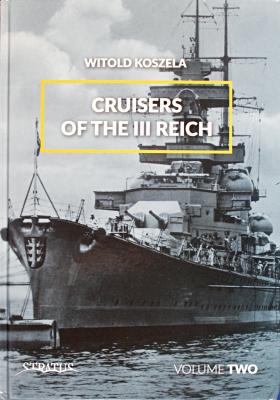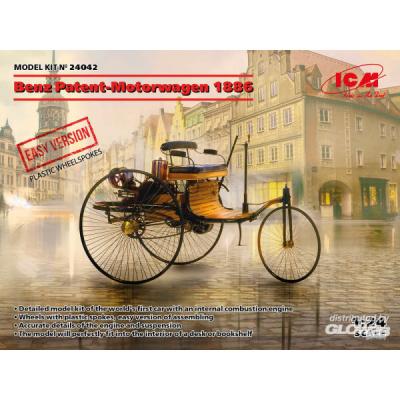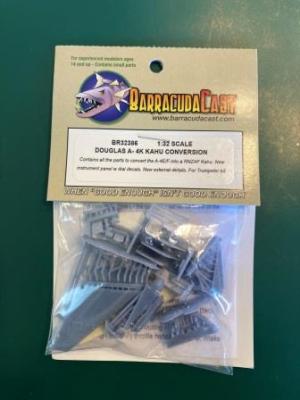This volume covers the F-14 Tomcat and is one of the new books recently released in connection with the return of Squadron Signal Publishing.
What's New
A funny thing happened on the way to preparing this review. I could not find this item on the Quickboost web site, the Aires web site on on any of the on-line retailers that I normally buy from. However I did find it listed with Super-Hobby for $7.43. For those modelers wishing to purchase this set you may need to search to find a supplier.
Background (from Wikipedia)
An infrared search and track (IRST) system (sometimes known as infrared sighting and tracking) is a method for detecting and tracking objects which give off infrared radiation, such as the infrared signatures of jet aircraft and helicopters. IRST is a generalized case of forward looking infrared (FLIR), i.e. from forward-looking to all-round situation awareness. Such systems are passive (thermographic camera), meaning they do not give out any radiation of their own, unlike radar. This gives them the advantage that they are difficult to detect.
The book covers from the Battle of Guadalcanal through The battle of The Atlantic. The book is divided into 12 chapters, foreword by the author, bibliography, and Index. The Index consists of 11 pages. The sources of the photos consist of photos from Germany, England, Japan, United States, and Russia, as well as from personal archives. The book is an excellent compilation of war photos describing the events that took place during the fourth year of WWII. Again, like in previous volumes the photos are sharp and of very good quality. A very good detail of equipment, personnel both military and civilian is well represented.
The book covers a detailed account of the battle that took place between May 10 through June 24 in which 6 countries found themselves at war. This battle took place across 6 European nations. These nations were involved in a 45 day chaotic war that ended in one of the most unique military campaigns of modern times. The book is part of The After The Battle Series and is in its fourth printing.
The book is divided into 5 parts each describing a specific time during that war. From: "Peace in Our Time" through the collapse of the French Army the book accounts for the battles that took place. In addition, the book A section accounting for the photo credits; a Glossary and a 27 page Index divided into three areas- General section; localities section and Personnel section. The book is full of information and a wealth of photos for those interested in this battle, or in the history of WWII.
In my last review concerning this interesting French vehicle, I described how the prototype was developed in 1938 with some of the most advanced mechanical technology of the day. The distinctive look of the machine is based on a double set of “bumper” wheels placed both in the center and the front of the chassis, designed to make the vehicle far more capable in an off-road capacity. Overall, only about 200 of these vehicles were manufactured before the fall of France, with most of them never seeing combat. Those that survived were largely converted by the occupying German forces into utility and radio cars for the Wehrmacht.
The original kit consisted of 6 sprues of well-detailed parts as well as vinyl main wheels. This iteration includes an additional small sprue which contains a machine gun pintle, two different versions of the Hotchkiss machine gun dating back to World War One, and a single box of additional ammunition.
Guideline Publications Guideline Publications is the UK's leading publisher of modelling and hobby-related magazines. With a world-class portfolio of titles and an international Social Media presence, Guideline Publications has a dedicated readership that is constantly expanding into new areas.
I was very pleased when I heard the news that Casemate was going to be carrying Mike Rinaldi's excellent books. This Single Model series differs from the original books in size and instead of covering a handful of different projects to highlight his techniques, they focus on obviously a single model- in this case a Bandai Sazabi Custom kit. Anyone who has ever watched a Mike Rinaldi seminar in person or on You Tube knows you are getting educated when you take the time to listen and absorb what he is teaching.
The author, Wikold Koszela, has written 25+ books on warships – mostly British, United States and German battleships/cruisers, and modern Polish and Soviet Navy warships. Twelve of his publications are in the Kagero Top Drawing series. For this and other books, Witold also supplied the line and color drawings, and they are top quality and very helpful for modelers. I could not find additional information on Witold.
What You Get
You get a hardbound book, 11.875 X 8.5 inches (A4 size), 136 pages – not counting the covers and blank pages fore and aft. Unlike the 1st Volume, there is no 3-D photos or glasses. Cruisers of the Third Reich Volume 2 is loaded with 141 B&W photographs, nine tables and 24 line drawings. The last two pages of the book have four color plates, showing starboard and overhead profiles of Nurnberg, Admiral Hipper, Blucher and Prinz Eugen. After one Title and Table of Contents page, the book is arranged by ships:
While most Americans might believe otherwise, the first production automobile was built in Germany in 1886 by Karl Benz (of Mercedes Benz fame). The Benz Patent-Motorwagen was built in very small numbers between 1886 and 1893. ICM first released a kit of this vehicle in 2020, with photo-etch parts for the wheels and and drive chains. This year they released an “easy” version of the kit that replaces the photo-etch parts with plastic versions at a significantly lower cost.
The kit comes in ICM’s sturdy thick cardboard box and consists of several sprues of parts in a soft gray plastic. The softness of the plastic is good, because it means that the many small, delicate parts tend to bend rather than break.
The parts had almost no flash and very few mold lines. This is fortunate, because filing or trimming off excess plastic is almost impossible on many of the parts due to their small size and fragile nature.
Roy Sutherland of Barracuda Studios is back… and this time with a totally unexpected item; a 1/32 A-4 “kahu” Upgrade for your Trumpeter A-4 to turn it into a New Zealand bird.
Anyone who has been around the modeling community for a while should be familiar with Roy and his company. Well researched and flawlessly executed resin, decals, and other items for (Is it 20 years?)… This set is no exception.
3D printing has arrived at the house of the ‘cuda fish. I have this upgrade in hand and an impressive little bit of upgrade this is. I am no KAHU expert, but have seen the retired birds at work at Nellis AFB (until recently, some kind of contract change). The Kiwi markings are gone, but the overall paint scheme remained.
This set is designed to upgrade your Trumpeter A-4 to a KAHU. The instructions (which you download from Roy’s website) give full instructions on how to remove everything from the printing trestles, and how to use the remaining parts.

